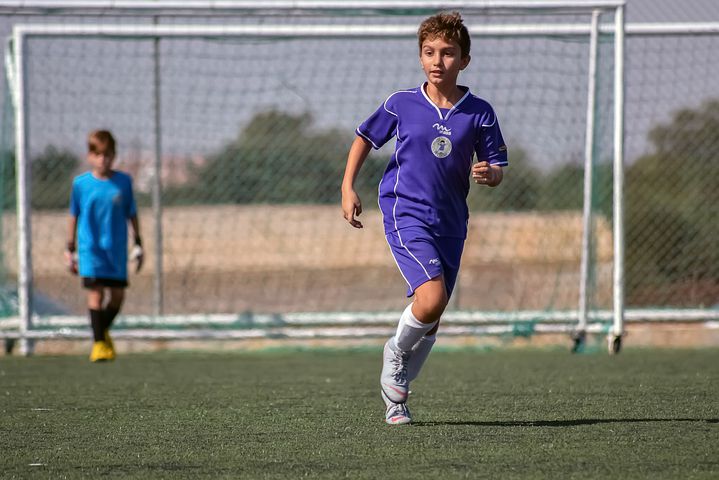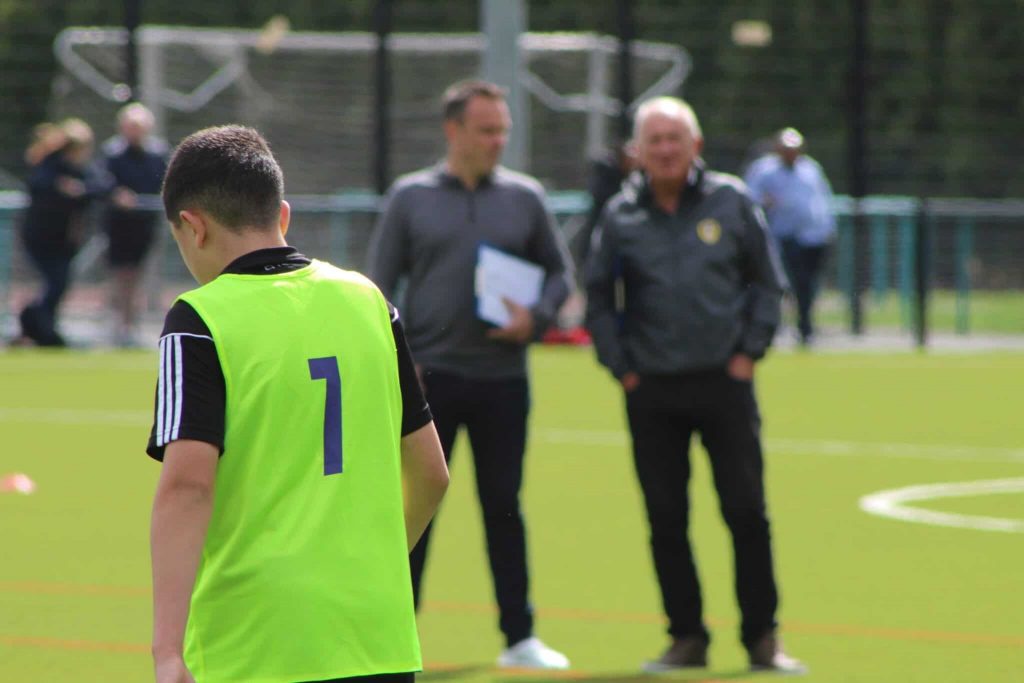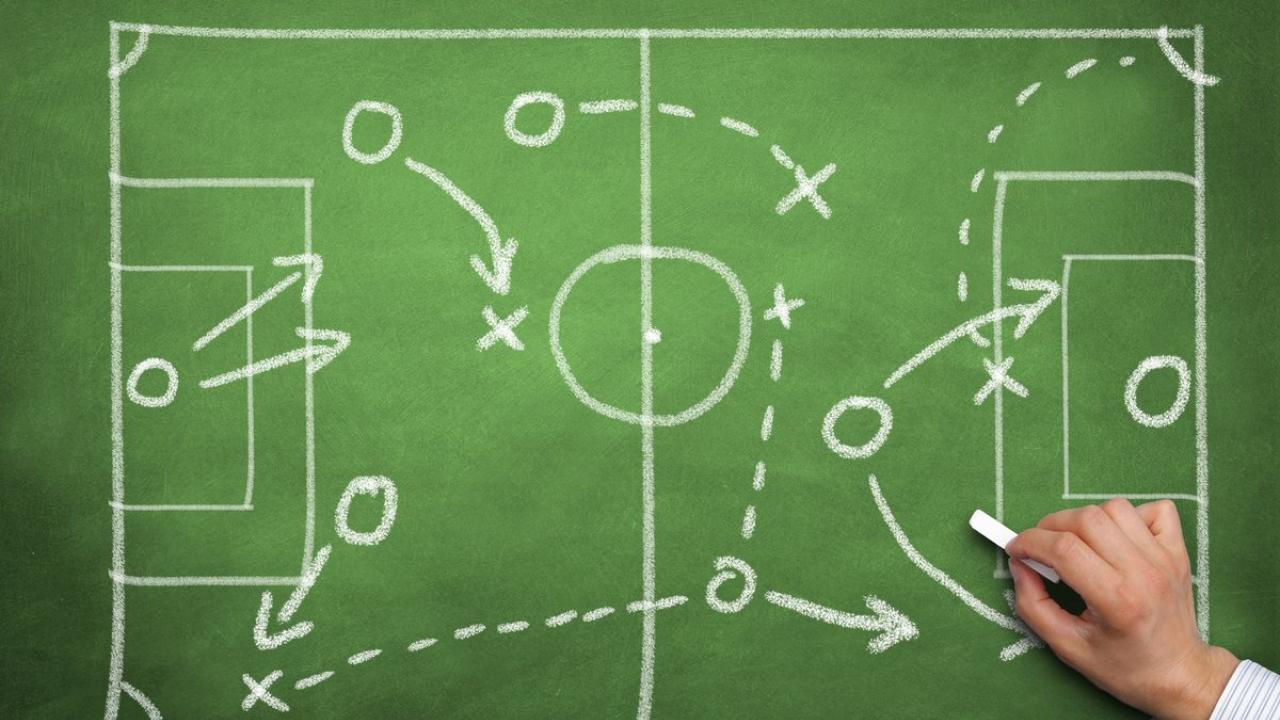Having the ability to play in different positions is a great advantage for a soccer player. Coaches rarely stick to one set of formation and tactics, often tweaking and adjusting their team setup based on the opponent, injuries, suspensions and more. There are times where even the most gifted players in the world, like Lionel Messi and Cristiano Ronaldo, will have to play out of their preferred positions for the benefit of the team.
A player’s ability to play in different positions largely develops at the youth level. Under the guidance of coaches, youth players learn the ability to adapt their physical skills and intelligence to play in positions they are usually not used to playing in.
- Understanding Soccer as a Team Sport
- Self-Discovery: Spotting Strengths and Weakness
- Developing New Skills
- Necessary for Good Team Players
- Improving a Player’s Chances of Being Noticed
Understanding Soccer as a Team Sport

Playing in several positions helps a player understand the game on a much deeper level. Players will experience first hand how each position on the field contributes to the success of a team.
Self-Discovery: Spotting Strengths and Weakness

When a right-footed player is asked to play on the left side of the field, they will be forced to use their weaker left-foot in more situations than they may be comfortable with. While they may struggle and feel uncomfortable at first, this is a great way for them to develop their weaker foot, which is a very valuable attribute. With a player still young, it is crucial to have them try out multiple positions, as they may become better suited to play a position that they may not be playing already.
Developing New Skills

Trying out several different positions can also be helpful with developing skills. For example, a defensive player who spends some time playing as an attacking midfielder may develop skills to play quicker and to improve their passing vision on the field. By trying out multiple positions at a young age, regardless if they enjoy playing the position, players will have the opportunity to develop their skills they would not otherwise be able to in their normal positions.
Necessary for Good Team Players

Players who put the team first are the ones that are willing to play in different positions. Since players have a better understanding of multiple positions, they are better able to effectively communicate with their teammates and provide useful information on what they could be doing better. Team players are also able to fill in for teammates on the field temporarily, like when a defender goes up for a corner kick and the opposing team begins a counter-attack, or when a teammate has been taken off due to injury and the team has no more substitutes.
Improving a Player’s Chances

While a young player should recognize what their best position is, it is beneficial to have the ability to play in multiple positions. A young player who can play several positions may have a higher chance of being noticed by coaches, rather than a player who strictly only plays one position. This does not mean that players should not try and focus on a specific position, but the point is that becoming more versatile will greatly improve any player.
Encouraging a soccer player to play in different positions during their youth helps to produce a more skillful and well-rounded player, who will be an important asset to any team.



